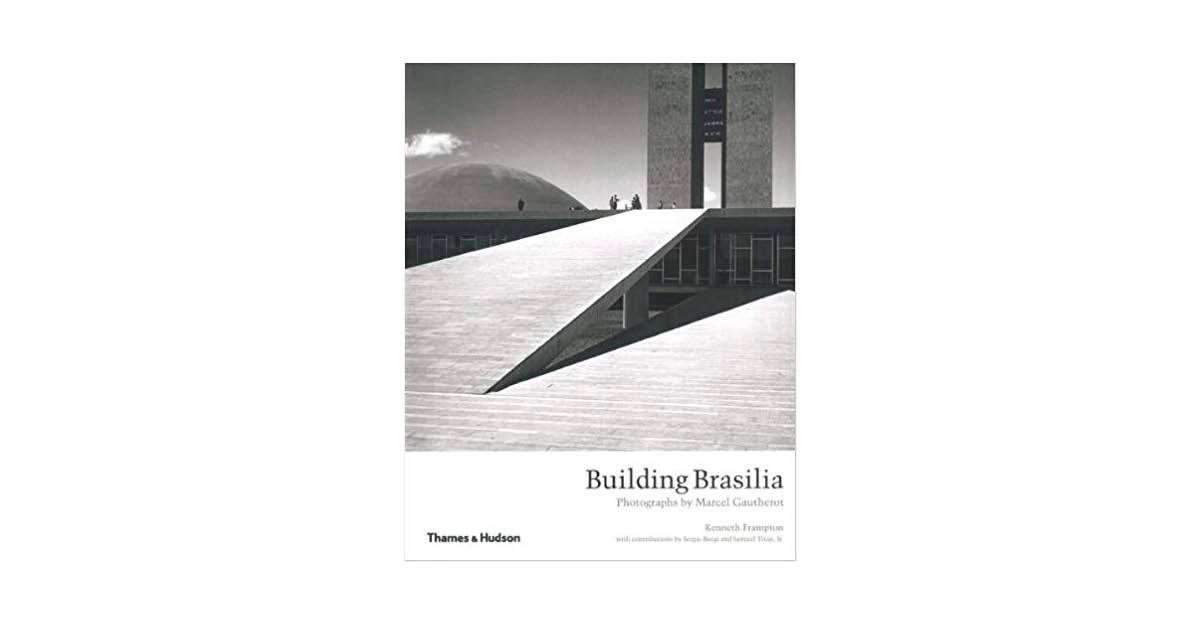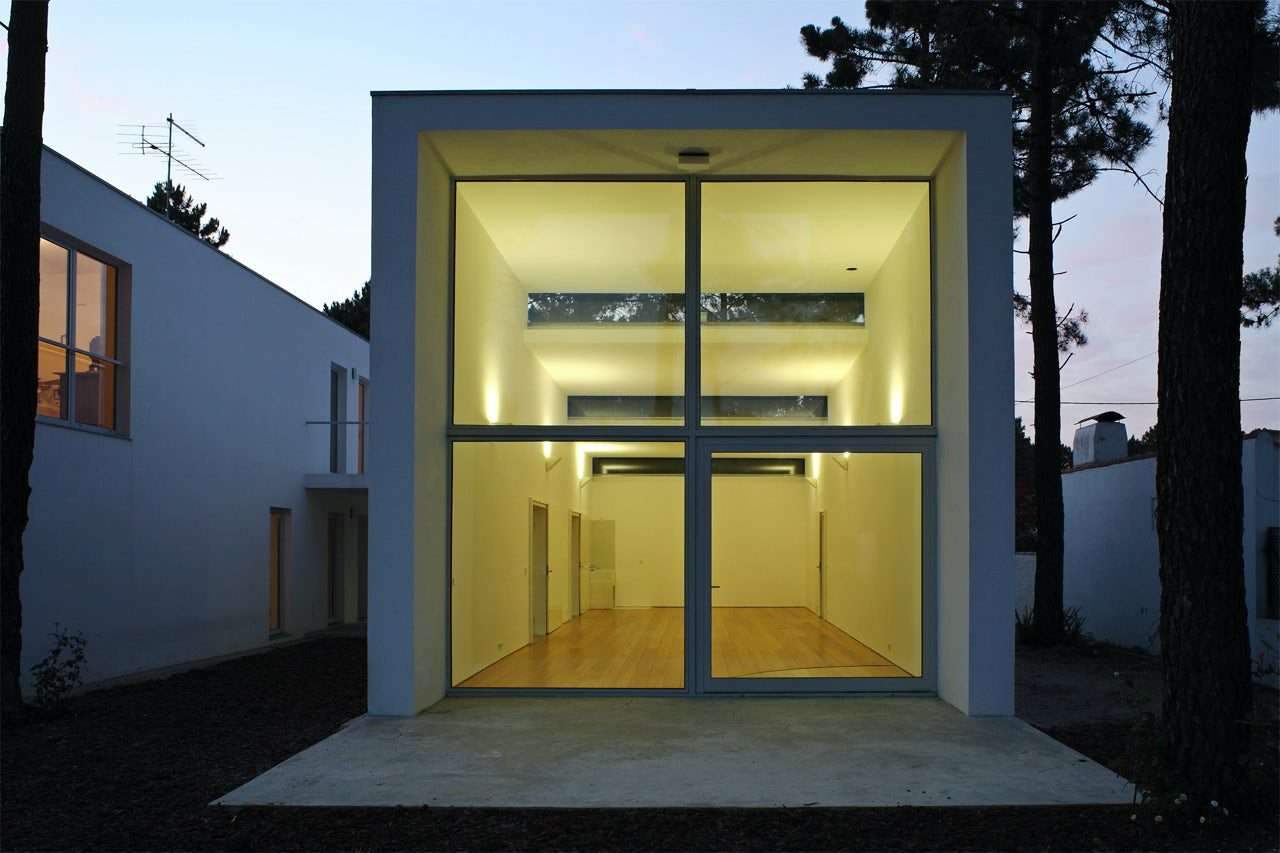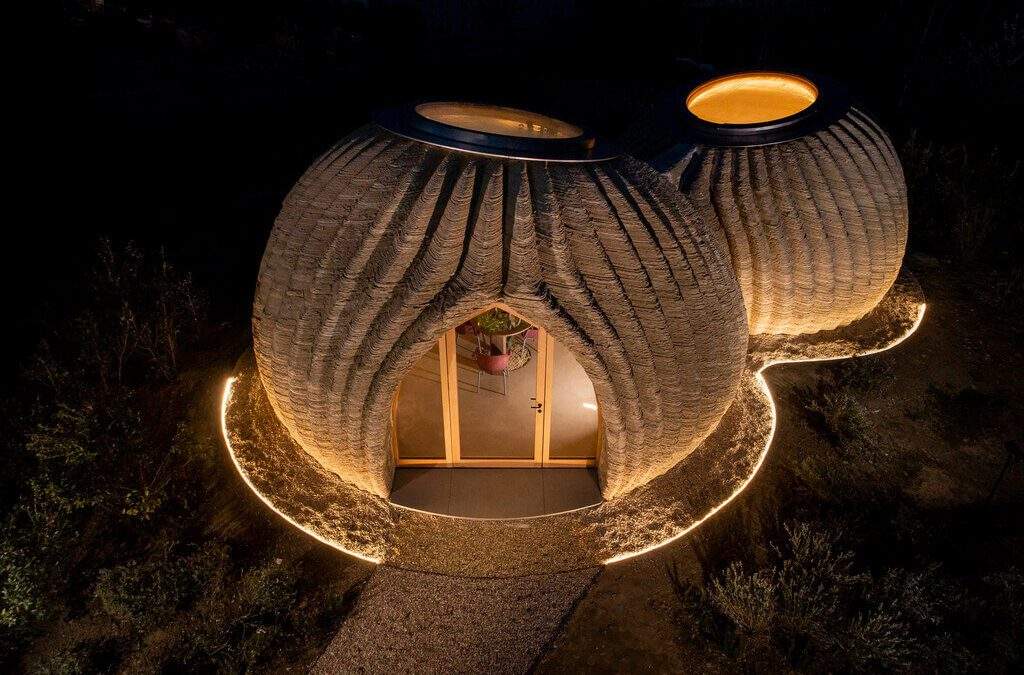Architecture has deep wells of research, thought and theory, which cannot be seen on the surface of the structure.
And for practitioners, interested citizens, and students alike, architecture books provide invaluable context for the profession, whether practical, inspirational, academic, or otherwise.
So, for those who are looking to expand their bookshelf, we at Archup have compiled for you an extensive list of architecture books, which we consider to be of interest to those working in this field.
In compiling this list, we sought addresses from different backgrounds with the aim of revealing different cultural contexts.
From essays to monographs, from urban theory to graphic novels, each of the following either deals directly with or flirts with the edges of architecture.
The books in this list have been selected and loosely categorized by genre.
Read on to see the books we consider valuable to anyone interested in architecture.
A Pattern Language: Towns, Buildings, Construction / Christopher Alexander, Sara Ishikawa, Murray Silverstein
Every design challenge is a problem to be solved, and in this book,
Christopher Alexander proposes a catalog of types of problems (or design challenges).
It analyzes what lies behind each situation, describes it in essence and proposes a standard solution.
The Architecture of the City / Aldo Rossi
This book is the global must-have proposing a critical reflection on the value of collective memory in the architecture of the city.
Athmospheres / Peter Zumthor
Peter Zumthor highlights the importance of sensations in building “athmospheres”,
to create a good place for people’s development.

Complexity and Contradiction in Architecture / Robert Venturi
Considered a “nice manifesto of indirect architecture”, Venturi’s complexity and contradiction in architecture expresses in the most convincing and original terms the postmodern rebellion against the purity of modernity.
Conversations with Students (Architecture at Rice) / Louis Kahn
It is an inspiring text based on conversations led by Louis Kahn at various workshops.
Experiencing Architecture / Eiler Rasmussen
It is considered a classic book with a very sensitive atmosphere about promising architecture and design.
The Eyes of the Skin / Juhani Pallasmaa
This book is a quick, fun, and inspiring read, and absolutely essential as we continue our convergence towards an all-digital practice in architecture.
It also encourages architects to see the world around them not only with sight but with touch, sound, and even smell.
The Image of the City / Kevin Lynch
In this 1960s classic, Kevin Lynch presents studies of how cities are conceived and imagined, and shows how his findings can influence the building and rebuilding of cities.
In Praise of Shadows / Junichiro Tanizaki
He explains the beauty of oriental architecture through their awareness of light and shadows in their artistic and architectural traditions.
Learning from Las Vegas / Denise Scott Brown, Robert Venturi, Steven Izenour
An influential work of the history of architecture, the authors analyze the Las Vegas strip to better understand common and ordinary architecture, rather than the iconic buildings heralded by modernism.
Mutations / Rem Koolhaas, Stefano Boeri, Sanford Kwinter, Nadia Tazi, Hans Ulrich Obrist
The mutations are reflected in the transformations that accelerated urban processes are wrought on our environment, and in the spaces in which architecture can still function.
Neufert Architects’ Data / Ernst Neufert, Peter Neufert
This book provides appropriate standard measures and design advice, and is very useful for all architects.
The Poetics of Space / Gaston Bachelard
A truly beautifully written book on the poetry of space within a home, it explores the philosophy of space and how it relates to memories and dreams.
The Seven Lamps of Architecture / John Ruskin
“Know what you have to do and do it,” John Ruskin said, words that neatly sum up the contents of this book.
Ruskin’s writings describe lamps as characteristics that any piece of architecture must have,
in order for it to be considered true architecture – which in turn are the principles he considers necessary for architecture to be art.

Superstudio: Life without objects / Peter Lang
This book presents the work of one of the most famous architecture groups in the field of radicalization and criticism of utopia.
Ten Canonical Buildings: 1950-2000 / Peter Eisenman
Based on intriguing diagrams and drawings, Peter Eisenman provides evidence of how some of the famous architects of the twentieth century changed the way we think.
Theorizing a New Agenda for Architecture: An Anthology of Architectural Theory 1965 – 1995 / Kate Nesbitt (org)
A collection of the most significant and important articles in the field of architecture published between 1965 and 1995.
Theory and Design in the First Machine Age / Reyner Banham
Benham’s Response to the Second Industrial Revolution.
Universal Principles of Design / William Lidwell, Kritina Holden, Jill Butler
This book explains the principles of designing anything – from a house to a cup of coffee.

The Works: Anatomy of the City / Kate Ascher
After years in architecture school, you may understand how a building is put together –
but how well do you actually understand the processes that make that building work in the first place?
Kate Usher explores the systems that manage traffic, water, heat, electricity and more,
connecting architecture not just to the image of the urban environment, but to the actual workings of the city.
Yona Friedman: The Dilution Of Architecture / Yona Friedman
Yona Friedman leads the work of groups such as Archigram to propose cities that propose new ways of inhabiting cities.
Architecture: Form, Space and Order / Francis D. K. Ching
This book systematically and comprehensively analyzes the foundations of architectural form, space,
and arrangement based on historical prototypes and examples from all periods, cultures, and geographies.
Architectural Acoustics / David Egan
For many architects, designing for the senses often simply means designing for sight and touch.
This book provides a comprehensive overview of sound design, from detailed graphics to relevant text.
Better acoustic environments will also mean better buildings.
Detail in Contemporary Architecture Series / Virginia McLeod
As compelling as concepts are for discussion, they rarely make the building experience special –
which rests instead on the building’s details.
We notice how the wall touches the ground, how the railing bends under our hand – but how do you design these things?
This book provides a variety of examples to help architects think about and design details.

Elemental: Incremental Housing and Participatory Design Manual / Alejandro Aravena
The field experiences developed by Elemental and Alejandro Aravena,
2016 Pritzker Prize Laureate and Director of the 2016 Venice Architecture Biennale,
are compiled in this book that not only tells the history of the team, but also presents the funding strategies and participatory methods used.
Thermal Delight in Architecture / Lisa Heschong
In an increasingly air-conditioned environment, it can be easy to exclude thermal comfort in building design.
But architecture (especially vernacular design) has long been built on traditions surrounding thermal comfort.
From Roman baths to Islamic gardens to the porches of Southern homes.
And with energy efficiency increasingly becoming a part of the conversation,
it’s wise to learn from the past to design for the future.
Architects, firms and movements
Archigram / Peter Cook
More than a few revolutions took place in the 1960s, but perhaps the most memorable revolution for architects is the Archigram revolution.
The legendary British group has created visions of cities that still feel fresh and imaginative today,
and is carried out by designers such as Neil Denari, Libby’s Woods, and Morphosis.
This book is an excellent dive into their thinking in their own words,
and includes a large (though unfortunately black and white) collection of their famous collages.
Those who are fond of the post-digital painting craze will enjoy seeing where the current movement partially stems from.
Atlas of Novel Tectonics / Jesse Reiser
New York-based architects Reiser + Umemoto use short, informative chapters to explain their design process.
Through a series of themes that prompted their work.
BIG, HOT TO COLD: An Odyssey of Architectural Adaptation / Bjarke Ingels
This read offers insight not only into one of the world’s most innovative practices,
but also into how to design for a changing climate – a message that would be wise to heed.

Cities for People / Jan Gehl
Jan Gehl presents his latest work creating (or recreating) cityscapes on a human scale.
Where he vividly explains the methods and tools he uses to recreate unworkable cityscapes into the landscapes
he believes they should be: cities for people.
Design Like You Give a Damn / Architecture for Humanity
Many of us enter the field with a fundamental belief that we can make use of the profession to do good for others.
But often, the places where optimism is most needed are the ones least likely to get it. Design like You Give a Damn
A resource for socially conscious design, it brings together projects, history,
and information about the movement—and what’s possible with a little optimism.
Eladio Dieste: Innovation in Structural Art / Stanford Anderson
This book deals with the work of the Uruguayan architect Eladio Dieste,
whose greatest production was developed in the capital of his homeland and in the cities attached to it in the second half of the twentieth century.
Forensic Architecture: Violence at the Threshold of Detectability / Eyal Weizman
Forensic Architecture, a research group led by Eyal Weizmann at Goldsmiths,
promotes architecture as a framework for investigating a world in conflict.
From armed violence to environmental destruction.
This book details some of their work with activist groups, NGOs, and the United Nations.
Freeing Architecture / Junya Ishigami
Junya Ishigami is known for its unique work precedent, in which structures fade into near-invisibility,
taking on the appearance of forests, ribbon threads, and even the sky.
The Future Of Architecture / Frank Lloyd Wright
This work, by Frank Lloyd Wright, brings together a large portion of the writings and conferences presented,
over the intense decade of its long existence, to the passion of qualified audiences, collaborators, and students.
Until its author reunited them under the general title “The Future of Architecture”,
the lessons of the great master exhausted the original editions.
It was essential that these enlightening texts be brought to light for new generations of architecture scholars.

Isay Weinfeld: The Brazilian Architect / Gestalten
This book presents and discusses part of the work of Brazilian architect Esai Winfield,
from homes to hotels in Brazil and other parts of the world.
The book also contains previously unpublished photographs that visually describe his work.
https://t.co/HCAcREoUKt#ArchitectureCompetition #architecture pic.twitter.com/QQvOuhzQhS
— Archup (@Archup7) January 28, 2023
For more architectural news
Implementation of a new design for EL&N London in Saudi Arabia






